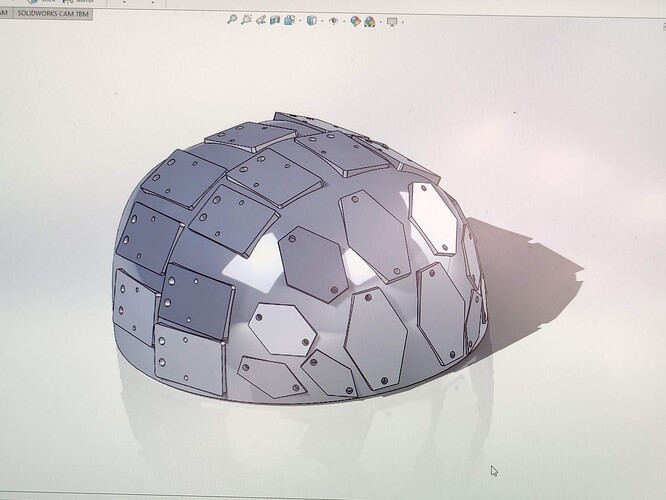It’s a work in process, but basically it’s a recreation of Jamiroquai’s Automaton helmet (from the music video).
I’m controlling it via two wrist bands, both with a XIAO nRF52840 Sense recording motion and sound at 20hz in central mode, reporting via BLE to another Sense in the helmet acting as a peripheral.
The XIAO nRF52840 Sense in the helmet takes the data, processes it, and sends out the results to the LEDs across the helmet, as well as a network of 15 XIAO RP2040s that each control one fin on the helmet. This architecture greatly simplifies the construction.
